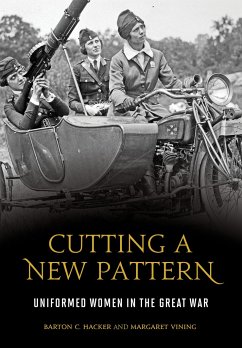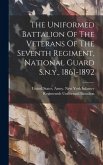Scholars in recent decades have begun to pay a great deal of attention to the mobilization of women in the Great War, but why so many women, civilian and military alike, wore uniforms is a question that has scarcely been asked, much less answered. The contributors to Cutting a New Pattern bring this question to the fore and show why it matters. Of the many ways the Great War divided the past from the future, few were more significant than the reordered place of women in society. Although women's new status clearly had prewar roots, it just as clearly derived from their wartime participation in uniform. Not only did tens of thousands of women for the first time become members of the uniformed forces, many tens of thousands more wore uniforms as members of an enormous variety of paramilitary or quasi-military services, civilian relief and welfare organizations, and as workers. Uniformed female workers and volunteers for wartime service in such large numbers was unprecedented. This ground-breaking project moves women's uniforms to center stage.
Hinweis: Dieser Artikel kann nur an eine deutsche Lieferadresse ausgeliefert werden.
Hinweis: Dieser Artikel kann nur an eine deutsche Lieferadresse ausgeliefert werden.








